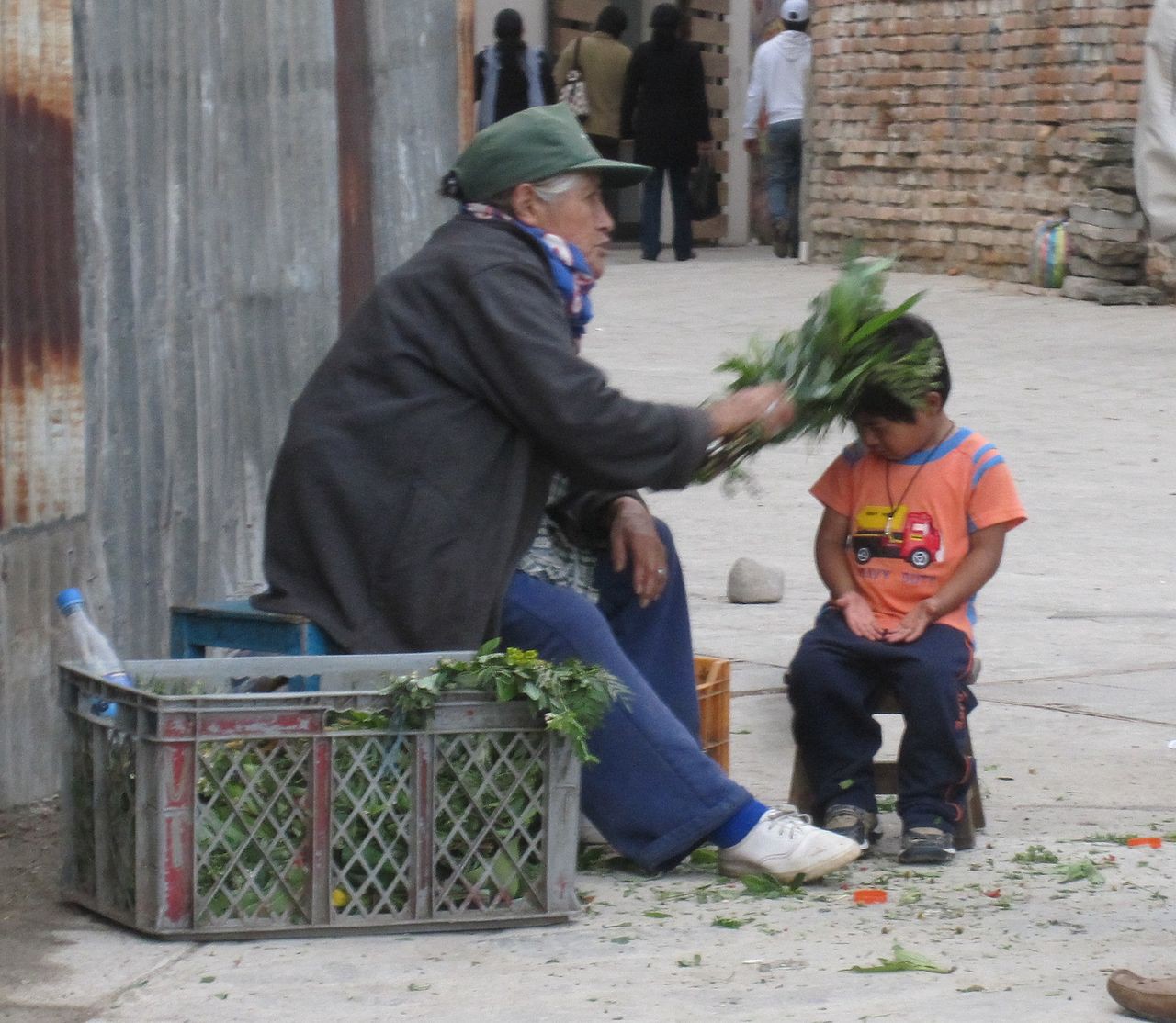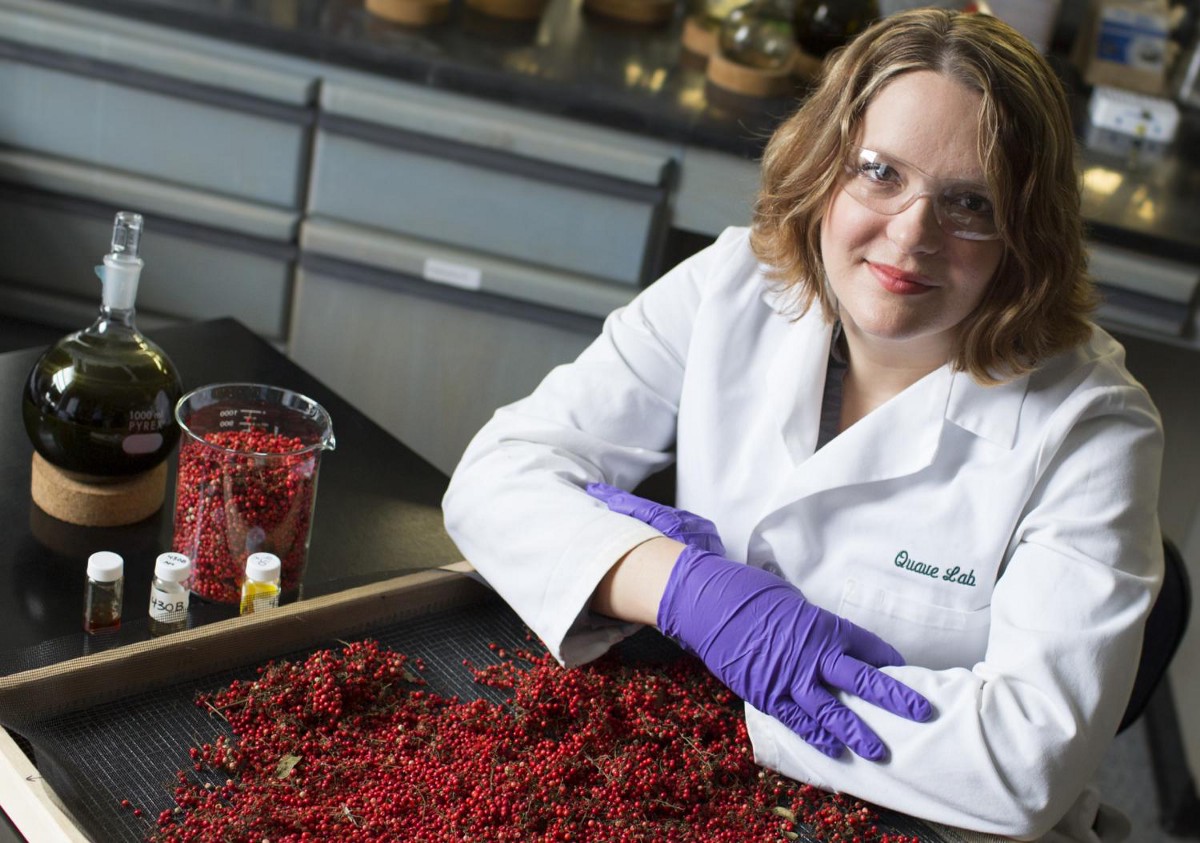Mama said there’d be days like this?
When we get strep, an ear infection, something contagious: Antibiotics can be life-saving. But they are not omnipotent. We know that antibiotics are increasingly resistant to to superbugs, strong bacteria that have developed resistance to our medical advancements.
The Promise of Ancient Folk Medicine
Miracle plants like cannabis offer potent and effective remedies to enhance immune systems and relieve disorders like insomnia. There are thousands of plants out in the world that may offer promise like cannabis — to save us — if we give them a closer look.

A number of pharmaceuticals we know today, like aspirin, started as a plant-derived folk medicine. There may be an unlimited number of traditional plant remedies out there to help us fight ailments and superbugs. We won’t know until we apply ideas and folk wisdom into research.
The Amazing Peppertree
One antibiotic alternative, recently uncovered, is an invasive weed in Florida called the Brazilian peppertree (Schinus terebinthifolia). Scientists tested peppertree at Emory University in Atlanta and was found to fight bacteria in animal models.
Peppertree is known locally in Brazil as an antiseptic and for its anti-inflammatory properties. Researchers in Atlanta confirmed that peppertree worked against a strain of bacteria that was resistant to antibiotics.

The chemical mode of action in peppertree works to disrupt the communication signals of the bacteria so they can’t collaborate and grow. “It essentially disarms the bacteria, preventing it from excreting the toxins it uses as weapons to damage tissues,” said Cassandra Quave, assistant professor of Biology at Emory University in Georgia. “The body’s normal immune system then stands a better chance of healing a wound.”
Our current antibiotics are becoming increasingly ineffective. First, antibiotics kill most of the pathogens they encounter. The stronger ones survive and then multiply and breed into super-strains. It’s not unheard of today to go into a hospital for a minor surgery and come out from a life-threatening experience, or worse.
But the peppertree doesn’t work like today’s antibiotics. That’s why it’s special. It disrupts the communication system of bacteria and it doesn’t selectively kill. This way the entire colony, regardless of strength, is decimated. The bacteria is still there, it just can’t function.
This is just one research story in a chain of what could be thousands, maybe dozens of thousands or more plants available to mankind.
A Collective Approach to Elevating Science
With an estimated 300,000 plants on earth (here are the favorite ones America grows to eat), we are now at a point where we have the tools and skills to seek out novel folk medicines, grow them and test them for ourselves.
This would be painstaking and expensive work if we relied on universities and research centers to do it alone.
A collective approach to growing, testing, trying and elevating science could certainly pay off in massive dividends for the health of our future. Open source data, low cost sensors that link plants to people and research labs, artificial intelligence and machine learning could advance humanity in light years.
